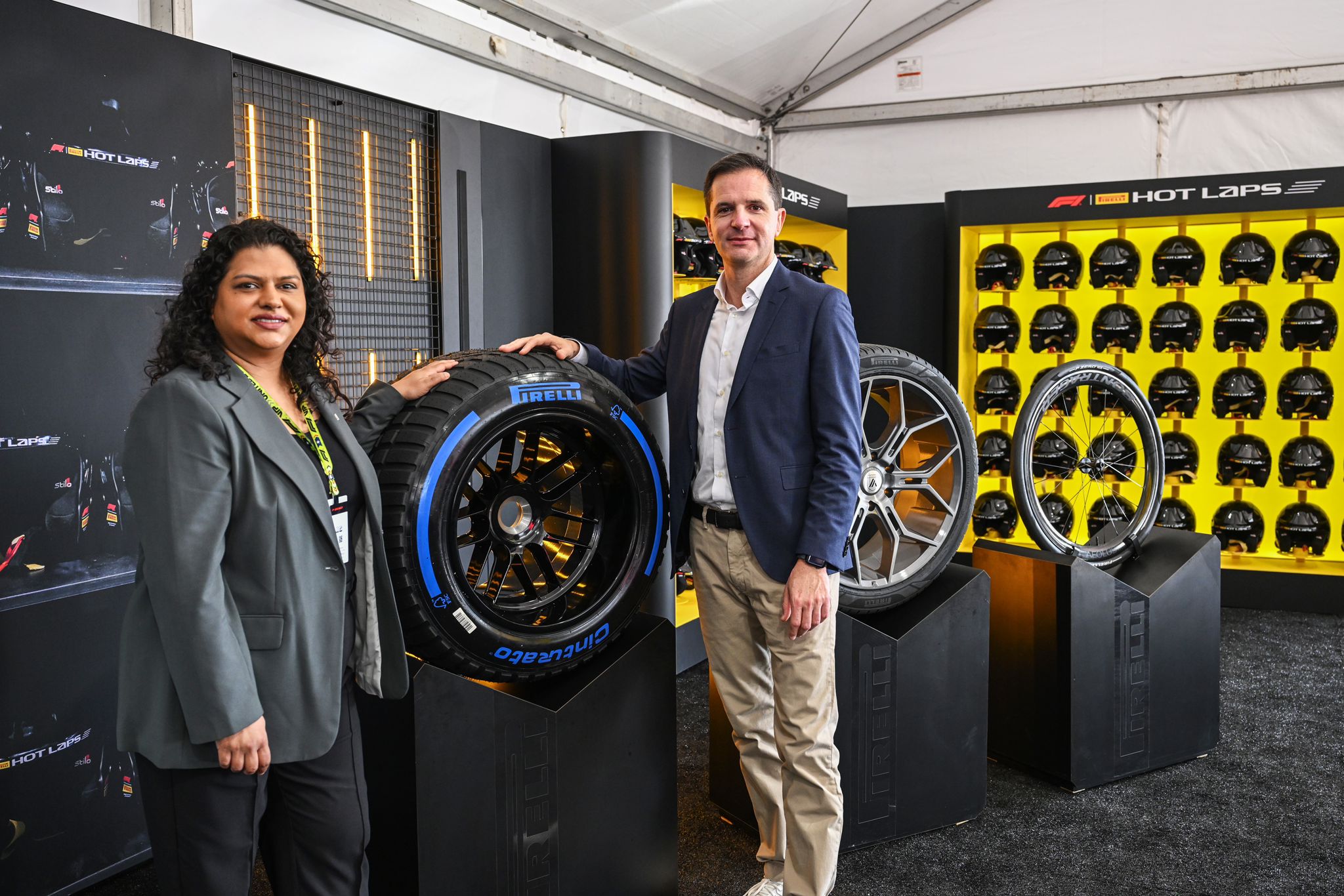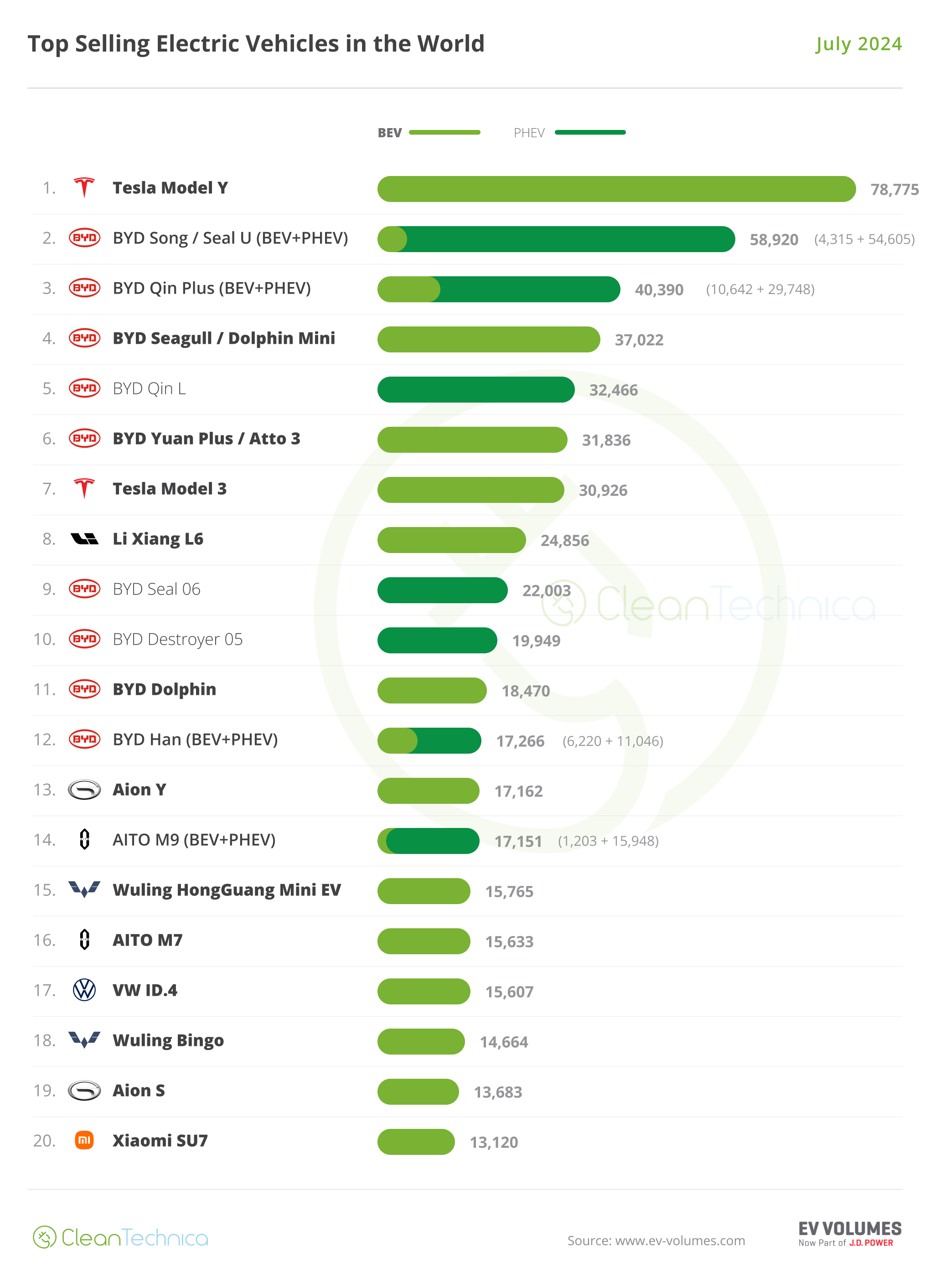Sign up for daily news updates from CleanTechnica on email. Or follow us on Google News!
There he goes again. Alejandro Agag, founder of the Formula E and Extreme E battery-electric racing series, is now taking aim at fuel cell electric vehicles and green hydrogen, too. The new Extreme H series will be a showcase for innovations in fuel cell mobility, and that’s just the tip of the green hydrogen iceberg envisioned by Agag.
From Formula E To EV Charging Stations With Green Hydrogen
Formua E launched in September of 2013 as a branch of FIA (Fédération Internationale de l’Automobile), of the famous Formula 1 series. I caught the battery-powered action at the former Tempelhof Airport in Berlin in May of 2015, when Formula E was closing out its first season (see lots more Formula E stories here).
The EV battery charging technology of nine years ago was not what it is today. Neither was battery-swapping technology, for that matter. The “Gen1” vehicles of the original Formula E came in identical pairs, enabling drivers to jump into a fresh EV to keep the race moving along, rather than waiting around to recharge or swap out the battery.
Just three years later, in 2018 FIA ditched the car-switching strategy in favor of new EV batteries with enough range to finish a full race, no swapping allowed.
Three years after that, the Extreme E off-road series launched with a green hydrogen twist. In order to recharge the batteries in off-grid locations along the course, Extreme E featured charging stations powered by hydrogen fuel cells. The stations followed the Extreme E series as it moved around the globe, demonstrating durability, reliability, and transportability for an off-grid, green hydrogen EV battery charging solution.
The green hydrogen for the fuel cells was produced from water by electrolysis with the power provided by on-site solar panels, eliminating the need for a grid connection, and pushing fossil energy out of the hydrogen supply chain as well.
Green Hydrogen In The Spotlight
With Extreme H, Agag has pushed green hydrogen front and center, so much so that the new series is not an addition to Extreme E. Instead, it is described as a rebrand of Extreme E into a “new, more environmentally friendly racing format.”
Leaving that thing about more environmentally friendly aside for now, Agag is clearly among those eager to explore new challenges in the zero emission mobility field.
“The evolution from Extreme E to Extreme H is one of the most thrilling advancements in motorsport and sustainable technology I have ever been part of,” Agag explained in a press statement.
“This evolution promises not only faster and more intense racing, but also a significant step forward in exploring hydrogen as a sustainable and powerful energy source,” Agag enthuses.
Agag explains that Extreme E was aimed at showcasing and motivating planet-saving mobility innovations. With green hydrogen, the opportunity for broader applications has emerged. “Now, with Extreme H, we are taking that mission to a new level by embracing hydrogen, the magic molecule in the future of green power,” he adds.
“The core values remain unchanged: we’re still dedicated to creating a pioneering motorsport series that emphasises [sic] sustainability, gender equality, and thrilling competition,” Agag emphasizes.
Whatever Happened To “Fuel Cell Vehicles Are Bull—-?”
If all this talk of thrillingness seems a little over the top, consider that another high profile personality in the electric vehicle field has been trash-talking fuel cell vehicles for years (here’s another example). As a result, fuel cells have some catching up to do in the public relations department.
Hydrogen fuel cell passenger cars have been struggling to get a foothold in the global EV market, but industry stakeholders have indicated that fuel cells are suitable for larger vehicles including buses, vans, and trucks as well as trains and other off-road vehicles.
As for hydrogen itself, the “magic molecule” has many other uses in industrialized economies aside from fuel cell vehicles. The list includes fertilizer, food processing, pharmaceuticals, toiletries, metallurgy and — somewhat ironically — petroleum refining. That’s in addition to stationary uses, as demonstrated by the Extreme E fuel cell battery-charging stations.
Natural gas and gassified coal are the primary sources of the global hydrogen supply, which hardly seems magical. What excites Agag, among others, is the prospect of pushing that baggage-laden supply chain aside in favor of more sustainable sources. Currently, much of the activity around green hydrogen involves water electrolysis, though organic sources like wastewater and biogas also emerging (see lots more hydrogen news here).
“Hydrogen’s potential is immense. It’s not just about e-mobility; it’s about creating green power solutions that can be applied anywhere, from remote locations to bustling cities,” Agag explains.
Selling The Green Hydrogen Dream
Agag has set a high bar for Extreme H. In addition to showcasing fuel cell cars and hydrogen filling stations, Agag anticipates that Formula H will contribute to market-building efforts.
“By being the first motorsport championship powered by green hydrogen, we’re setting a new standard and providing a unique platform for energy companies to test and develop hydrogen solutions, he says.
The market-building angle is going to take some doing. The cost of green hydrogen is coming down, but it is still more expensive than conventional hydrogen. The US Department of Energy, for example, is still working off a benchmark of $5.00 per kilogram for green hydrogen, towards a goal of just $1.00 per kilogram.
Nevertheless, green hydrogen is already embedded in the decarbonization plans of several key governments including the US, Europe, and India. Some of the well-known brands among the various motorsports are already dipping their toes in the hydrogen fuel cell pool in one form or another, with Porsche and Toyota among the examples.
Extreme H can also take advantage of a growing green hydrogen supply chain involving both startups and legacy stakeholders, like Siemens and Geopura, which were brought on board last summer in the runup to the Extreme E rebrand.
From Extreme E To Extreme H, With Women
Agag does not plan on leaving the technology lessons learned from Extreme E behind, despite the rebrand. In addition to expanding the market for green hydrogen, the plan is for Extreme H to carry forward the Extreme brand’s support for women drivers.
“We’ve seen incredible progress in closing the performance gap between male and female drivers, leading to some of the most exciting and competitive racing,” Agag explains.
“This will continue to be a hallmark of Extreme H, alongside our commitment to innovation and sustainability,” he adds.
The gender outreach reflects a growing spark of interest in women’s professional sports, here in the US and elsewhere. It remains to be seen if Extreme H can attract more women to the sport, either as drivers, engineers, or audiences, but you never know, the next Mary Barra could be watching.
Follow me @tinamcasey on Bluesky, Threads, Instagram, and LinkedIn.
Photo (cropped): The Extreme H racing car Pioneer 25 runs on a fuel cell powered by green hydrogen (courtesy of Extreme E).
Have a tip for CleanTechnica? Want to advertise? Want to suggest a guest for our CleanTech Talk podcast? Contact us here.
Latest CleanTechnica.TV Videos
CleanTechnica uses affiliate links. See our policy here.




